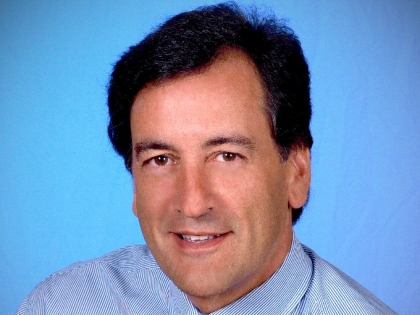
Senator Fuschillo’s Innovative Infrastructure Development Act Approved by Transportation Committee
Charles J. Fuschillo Jr.
June 2, 2011
-
ISSUE:
- Transportation
Legislation Would Help Create Jobs & Address State’s Infrastructure Crisis By Allowing State to Utilize Public-Private Partnerships for Infrastructure Projects
Senator Charles J. Fuschillo, Jr. (R-Merrick) today announced that the Senate’s Transportation Committee has approved his legislation allowing New York State to utilize public-private partnerships to finance transportation infrastructure projects. The Innovative Infrastructure Development Act (S5445) would help create jobs and help address the state’s growing infrastructure crisis by unlocking new private sector capital.
“Public-private partnerships are a tool used by governments around the world to build and rebuild their infrastructure. This same tool can help New York State upgrade its infrastructure, create jobs, and solve a crisis which cannot be fixed through current funding sources alone. I’m pleased that the Committee has approved this legislation and am hopeful it will soon be passed by the full Senate,” said Senator Fuschillo, Chairman of the Senate’s Transportation Committee.
Public-private partnerships (P3s) enable governments to partner with the private sector to finance the construction, maintenance, and operation of infrastructure projects. Given the private sector’s vested financial interest in completing projects on-time and under-budget, P3s often perform more efficiently than their counterparts and save money. 29 other states and Puerto Rico have enacted laws authorizing public-private partnerships for highway & bridge projects.
Public-private partnerships would give the state a new funding mechanism to repair and rehabilitate its aging transportation infrastructure. The state is replacing and rehabilitating far below the necessary number of bridges and highways to maintain a state of good repair. Nearly half of New York’s 17,400 state and local highway bridges are either deficient now or will become deficient within the next ten years.
Under the Innovative Infrastructure Development Act, the DOT, MTA, New York State Bridge Authority, and New York State Thruway Authority would be given greater flexibility to enter into P3 agreements to finance and deliver transportation infrastructure projects.
A 2009 report issued by the New York State Commission on State Asset Maximization (SAM) noted a number of successful P3 projects in New York State, including the Terminal 4 project at Kennedy Airport and the Kennedy Airport AirTrain. The report also identified and recommended a number of transportation improvement projects that could be financed using P3.
Moving infrastructure projects forward would help create jobs as well as improve safety and efficiency on the roadways. The U. S. Department of Transportation estimates that 25,000 jobs are created for every $1 billion spent on transportation infrastructure projects. Many of these are in the construction industry, a sector which lost over 15,000 jobs in the last year alone, according to the New York State Department of Labor. Unemployment in the building and construction trade industry is currently between 40 and 60 percent, according to the New York State Building and Construction Trades Council.
Private sector companies are ready and willing to invest in P3 transportation infrastructure projects. A recent Wall Street Journal report noted that as much as $400 billion is available world-wide from investor groups for P3 transportation projects.
The Committee approved the legislation after holding a hearing to examine the use of P3s in New York State. Experts from government agencies, the private sector, non-profit organizations, and labor & trade organizations offered their input on how public-private partnerships could be utilized in New York State.
The Long Island Contractors’ Association, in a memo of support, stated that “public-private partnerships must be part of any comprehensive strategy to maintain and expand New York State’s aging transportation infrastructure” and noted that “by teaming with other entities, state agencies can deliver projects in a timely and efficient manner using all available resources.”
The legislation now goes to the Senate Finance Committee.
####